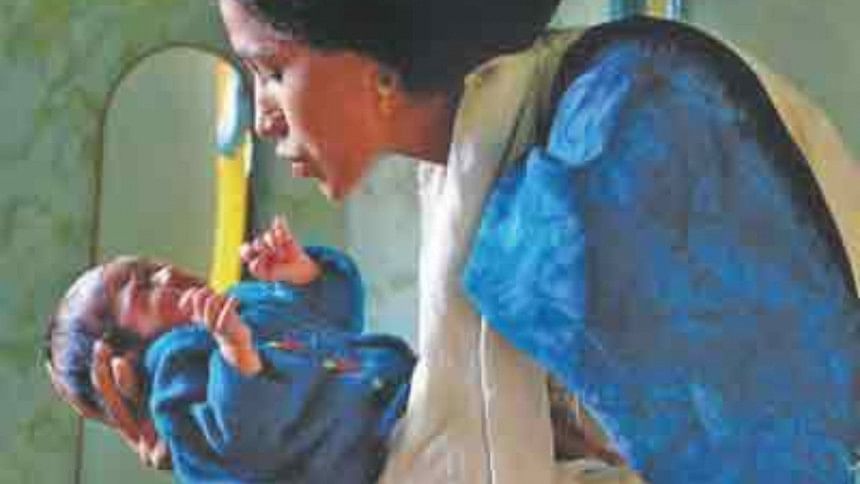Finishing the unfinished agenda

As we celebrate our achievements in reducing death of mothers, newborns and children, and we do have a lot to celebrate, we must also take action to ensure that the benefits of our advancements reach everyone, and no mother or child is left behind. Bangladesh, has an 18-year history of three consecutive health, nutrition and population (HNP) sector programmes. The new HNP sector programme, which aspires to move towards universal health coverage, aims to do just that: ensuring that all people receive the services that they need without suffering financial hardship when paying for them. Finishing the unfinished agenda of ending preventable child and maternal deaths is an area where renewed focus and investments are necessary.
A telling sign of where we need to ramp up our investment can be found in findings of the Bangladesh Demographic and Health Survey 2014, released earlier this year. In the last decade, deliveries at health facilities increased rapidly from 12 percent in 2004 to 37 percent in 2014. The private sector has contributed to most of this increase, growing from 4 percent to 22 percent. In comparison, births in the public sector increased from 7 percent to only 13 percent. Inequities in the utilisation of maternal health services from health facilities among different population groups and regions are also evident. For example, 55 percent of women in Khulna delivered in a health facility compared with only 23 percent in Sylhet. And, nationwide, only 15 percent of the poorest women gave birth in health facilities compared to 70 percent of the richest women.
Our eastern divisions, Sylhet and Barisal are lagging behind and life-saving services are not reaching our poorest. We need an investment plan that reaches mothers and newborns where they are dying the most. We need to extend our reach to cover the hardest to reach and the poorest of families. The Bangladesh Maternal Mortality Survey of 2010 identified that the most commonly cited reasons for not delivering at a facility were the absence of a felt need, perceived high costs, distance to the facility and transport problems, perceived poor quality of care and the existing social norm favouring deliveries at home. With some extra efforts, we can change all of these.
With the gradual shift in the norm from home deliveries to facility deliveries, the public sector contribution needs to increase rapidly. With increasing number of births in health facilities, attention must also shift to the quality of care, as poor quality of care contributes to morbidity and mortality. The period around childbirth is the most critical for saving the maximum number of maternal and newborn lives and preventing stillbirths. The government has, over the last four decades, invested in a large number of union level health facilities where the service providers are residential, a female provider is available, a delivery room is available, and delivery services are free and available within an average of approximately twenty minutes of walking distance. These facilities can and must cover the major share of the normal deliveries, while the referral facilities at upazila and district levels could provide advanced care to manage complications. A recent assessment by the Directorate General of Family Planning identified a total of 4,461 facilities at the union level, more than 80 percent of which can be made to function as round-the-clock delivery care centres with minor to moderate level of investments. These facilities are culturally appropriate, and can provide round the clock services. In a resource poor country like Bangladesh, we should invest in these facilities to obtain the maximum mileage out of our existing resources. And for a poor family, having access to a delivery service closer to home can mean a difference of life and death for their mothers and newborns.
We have a moral obligation to reach the poorest and the most deprived of mothers, newborns and their families with these cost-effective and life-saving services.
The writer is Chief of Party, MaMoni Health Systems Strengthening Project, Save the Children.

 For all latest news, follow The Daily Star's Google News channel.
For all latest news, follow The Daily Star's Google News channel. 








Comments